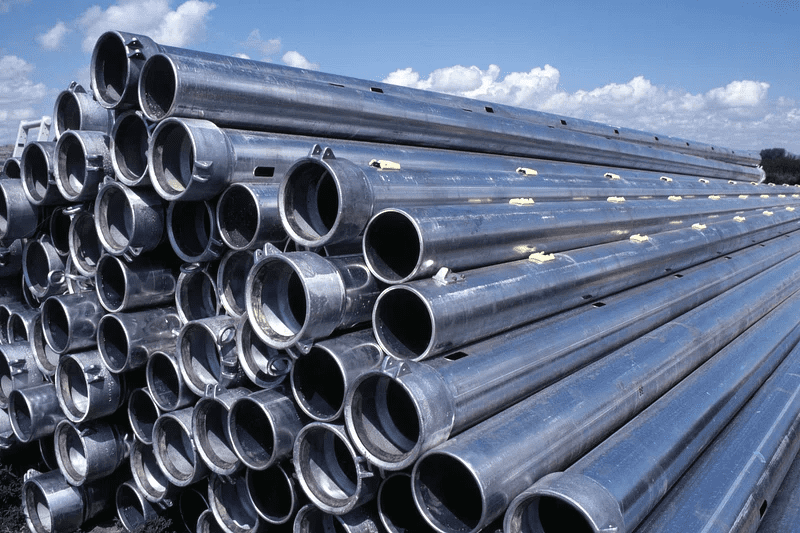Selecting the right carbon steel fitting for your project can be a daunting task, especially with the myriad of options available in the market. At New World Horizon, we understand the importance of making the right choice to ensure the success and efficiency of your project. Here’s a comprehensive guide to help you navigate the process of choosing the perfect carbon steel fitting.
Understanding Carbon Steel Fittings
Carbon steel fittings are essential components used to connect pipes and tubing systems in various industries, including construction, oil and gas, and manufacturing. These fittings are renowned for their strength, durability, and resistance to high pressure and temperature, making them ideal for both industrial and commercial applications.
Types of Carbon Steel Fittings
- Butt Weld Fittings: These are welded directly to the pipe, creating a strong, permanent joint. They are ideal for high-pressure applications and are commonly used in pipelines that transport liquids and gases.
- Socket Weld Fittings: These fittings involve inserting the pipe into a recessed area of the fitting and then welding it in place. They are typically used in small diameter pipelines and provide a leak-proof seal.
- Threaded Fittings: These fittings have threads that allow them to be screwed onto the pipe. They are easy to install and remove, making them suitable for low-pressure applications and areas that require frequent maintenance.
- Flanged Fittings: These are used to connect pipes with flanges, which are then bolted together. Flanged fittings are ideal for high-pressure applications and are often used in industrial settings where robust and reliable connections are required.
- Elbow Fittings: These fittings are used to change the direction of the flow in a piping system. They are available in various angles, such as 45 degrees and 90 degrees.
- Tee Fittings: These fittings are used to combine or split the flow of fluid in a piping system. They are shaped like a ‘T’ and have three openings for connecting pipes.
- Coupling Fittings: These are used to connect two pipes together, allowing for the extension of a pipeline.
Factors to Consider When Choosing Carbon Steel Fittings
- Project Requirements
- Pressure and Temperature: Ensure that the fitting can withstand the maximum pressure and temperature expected in your application. High-pressure systems require fittings with high strength and durability.
- Corrosion Resistance: Consider the environmental conditions where the fittings will be used. Carbon steel fittings can be prone to corrosion if not properly protected or coated.
- Fluid Type: The type of fluid being transported (gas, liquid, chemical) can influence the type of fitting required. Some fluids may require special coatings or materials to prevent corrosion or contamination.
- Size and Compatibility
- Pipe Size: Ensure that the fitting matches the diameter of the pipes being connected. Using the wrong size can lead to leaks and other issues.
- End Connections: Verify that the fitting’s end connections are compatible with the pipes. This includes checking the threading, flanges, or welding requirements.
- Standards and Certifications
- Industry Standards: Make sure the fittings comply with relevant industry standards such as ASME, ASTM, or API. Compliance ensures that the fittings meet quality and safety requirements.
- Certification: Look for fittings that come with certification from recognized authorities. This provides assurance of their quality and reliability.
- Installation and Maintenance
- Ease of Installation: Consider how easy it is to install and remove the fittings. Some fittings require specialized tools or welding, while others can be screwed on or bolted together.
- Maintenance Requirements: Choose fittings that are easy to maintain and inspect. This is especially important for systems that require frequent maintenance or are located in hard-to-reach areas.
- Cost and Availability
- Budget: Determine your budget and find fittings that offer the best balance of cost and quality. While it may be tempting to choose cheaper options, investing in high-quality fittings can save money in the long run by reducing maintenance and replacement costs.
- Availability: Ensure that the fittings are readily available in the quantities you need. Delays in procurement can impact your project timeline.
Choosing the right carbon steel fitting for your project is crucial for ensuring the efficiency, safety, and longevity of your piping system. By considering factors such as project requirements, size and compatibility, standards and certifications, installation and maintenance, and cost and availability, you can make an informed decision that meets your specific needs. At New World Horizon, we are committed to providing high-quality carbon steel fittings that cater to a wide range of applications, helping you achieve success in every project.


